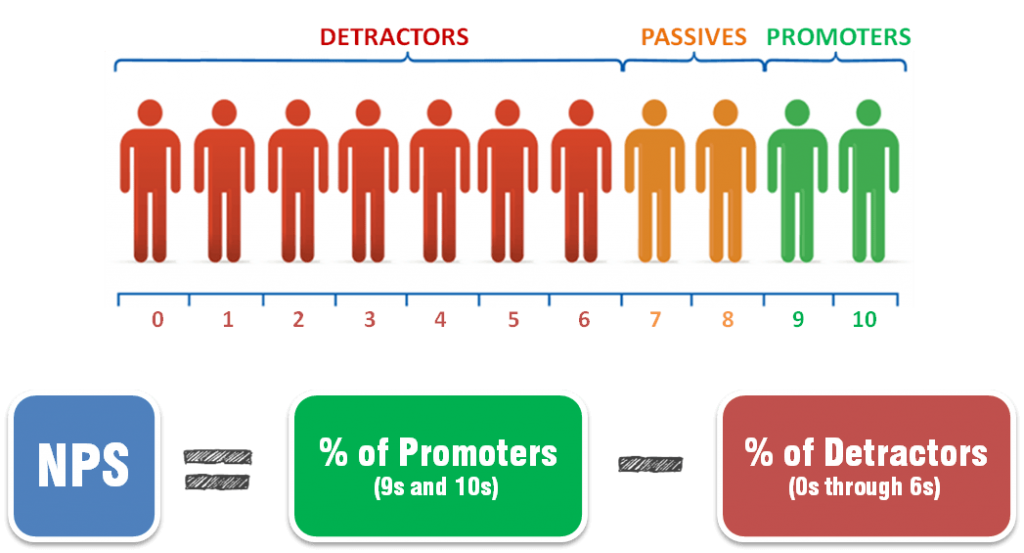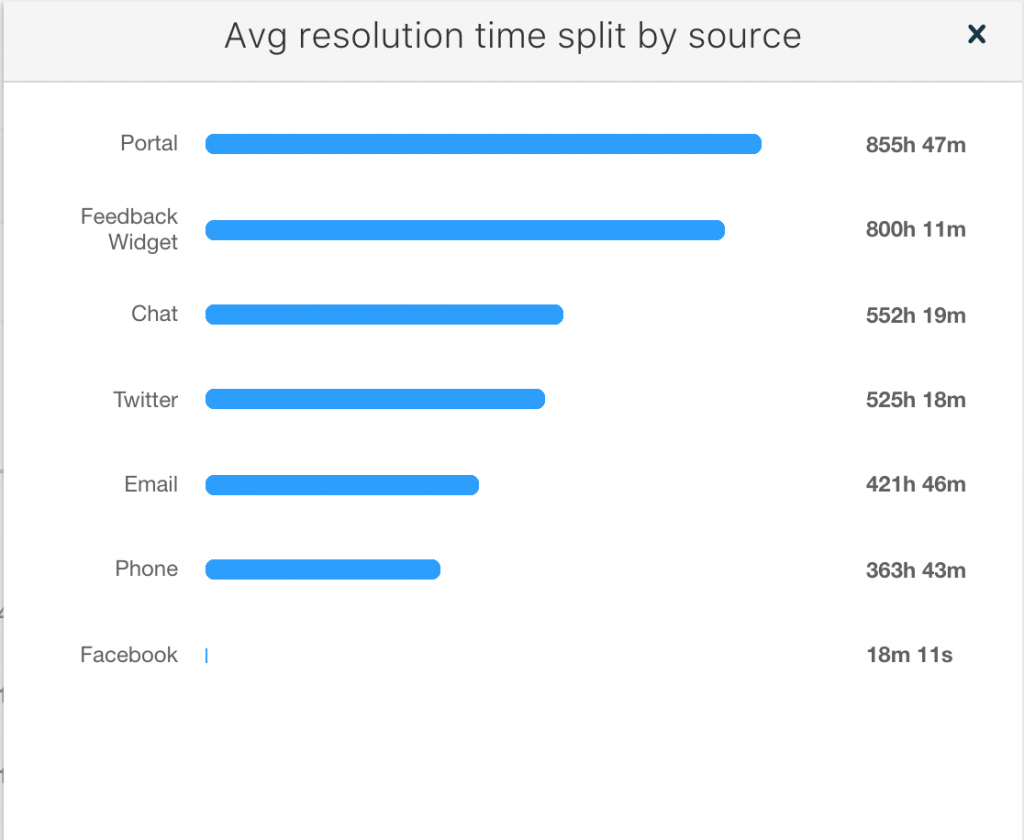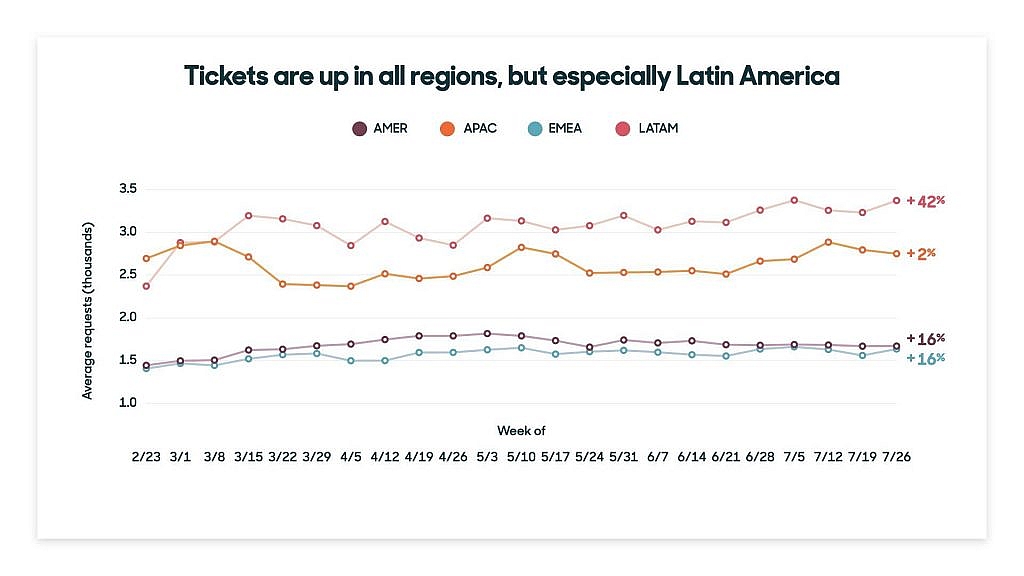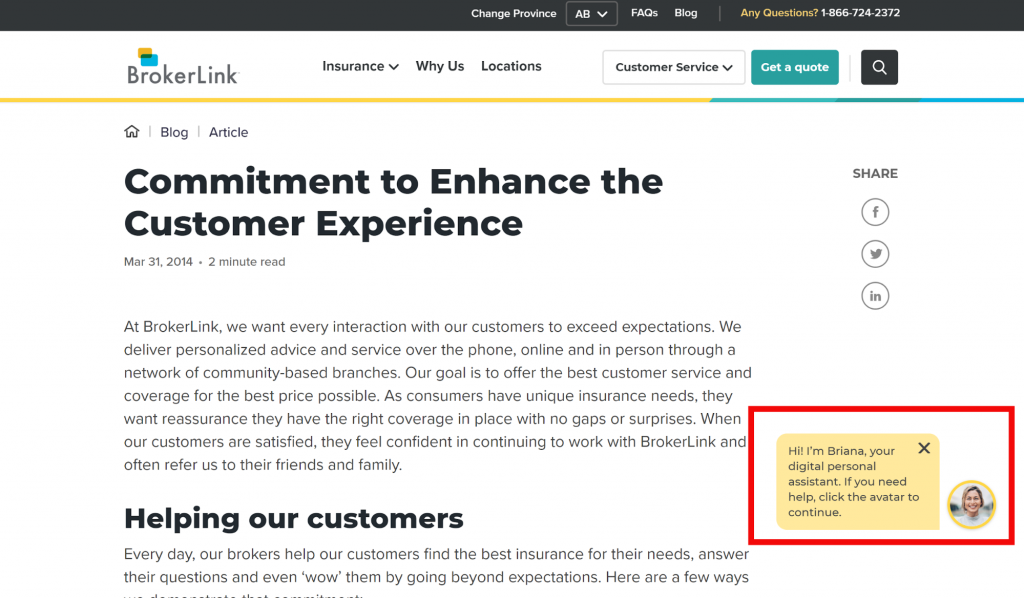9 Customer Service Metrics You Should be Tracking in 2021
In today’s competitive landscape of commerce, businesses should focus on adding new customers while retaining their original customer base (this helps improve profit margin). In order to achieve this, satisfactory customer service is the only solution. The ROI for providing exemplary customer service is clear.
- 73% of companies with above-average customer experience perform better financially than their competitors.
- Loyal customers are 5x more likely to make a repeat purchase and 4x more likely to tell a friend about their experience
- 77% of consumers respect and view favorably brands that seek out and act upon customer feedback
- Customers will spend up to 140% more after a positive experience than customers who have a negative experience.
While the reasons to improve customer experiences are clear, finding areas in your business that impact this metric can be difficult.
This is where KPIs or Key Performance Indicators come in.
Different sectors have their own KPIs to measure how they contribute to the growth of a business. Customer service KPIs are part of this list too. If you are not sure about what metrics to analyze, we have got you covered. Let us dive into the details.
What is a Customer Service KPI?
A KPI is a business tool. It is a measurable value to determine whether business goals are being achieved. Thus, businesses use customer service KPIs to measure whether the team is successful. This helps judge the departmental performance for better management. It reduces costs while improving job satisfaction.
KPIs give access to information like sales, customer retention, and lifetime customer value (LTV). These metrics are important factors in determining the growth of businesses. Here are the top customer service metrics to track
1. First Call Resolution (FCR)
First call resolution measures the percentage of customer complaints that teams resolve during the first contact. Customers can make contact via live calls and web chats. We then challenge representatives with resolving the issue before consumers hang up. Often, customers end the chat without the need to follow up. An email marketing expert then tries to resolve matters with a single but detailed response.
Support teams divide issues they solve in the first contact with the total FCR eligible cases. For example, if customers provide wrong details, it no longer remains eligible for FCR. This metric directly correlates to customer satisfaction and ensures they’re pleased with problem resolutions at first contact. Here are a few First Call Resolution metrics to keep as a rule of thumb:
- Industry Standard – 80% of calls answered in 20 seconds
- Email – 100% of Emails in 24 Hours (the best achieve 80% of emails within 15 minutes)
- Live Chat – 80% of Chats in 20 Seconds

2. Customer Satisfaction Score (CSAT)
It’s hard to find out whether or not customers are fully satisfied; a CSAT score makes it simpler. Businesses refer to it as Happy Customer KPI. Here, eCommerce platforms ask direct questions. Sometimes they conduct mini-surveys to see how they feel about services and products.
Usually, customers express answers to questions using star ratings or emojis; CSAT scores are an average of these responses. But, businesses should calculate it based on those who display satisfaction. A good CSAT score (depending on industry) will be between 75% and 85%.
3. Rate of Customer Retention

Good quality products can reel in customers, but retaining them depends on the customer experience. Clients go away if there are bad experiences with customer service which remains true even if you use funnels to increase sales (there is no secret sauce here, just good customer care!). Thus, this KPI is crucial to measure how many customers stick to your business over time.
Customer retention can increase revenue over a 1.5-2 year period by up to 80% and reduce the cost to acquire a customer by nearly 30%. In addition, increasing customer retention rates by just 5% increases profits by up to 95%.
Existing customers also spend 31% more than new leads, and when you release a new product, your loyal customers are 50 % more likely to give it a shot.
You can calculate this rate weekly or monthly. Take the number of customers at the start (CS) of the tracking period, then calculate how many customers get added during the period (which is denoted as CN). Afterwards, measure (CE) the number of customers at the end of the period. The retention rate would then be (CE-CN)/CS multiplied by a hundred.
4. SERVQUAL

This KPI is multidimensional and measures whether a service has subjective elements. Customers get a questionnaire with five different aspects. Reliability comes first and customers answer how the company delivers on the promised products.
If employees are knowledgeable and courteous, they can create trust and confidence. The physical appearance of facilities also matters here. Customers tend to judge on the basis of equipment, business environment, and employees but empathy or the attention and care given to individual customers also matters.
Responsiveness or how willing staff members are to help customers goes a long way. It helps understand how customers perceive offered services and what they expect. If expectations exceed perceptions then businesses can improve.
5. Net Promoter Score (NPS)

Over 92% of consumers report trusting family and friends above all other forms of advertising.
It is like an electronic signature measuring customer loyalty to brands or companies. It helps businesses figure out whether customers will refer their products to others. Surveys measure answers on an eleven-point scale.
Businesses subtract the percentage of detractors from the percentage of business promoters. 54% of customers expect more from a company’s customer service team than they did a year ago. Even more so, this percentage increases to 66% for consumers in the age group of 18 to 34 years old.
6. Average Resolution Time (ART)

This is one of the most important KPIs. It measures how long representatives take to solve customer issues. Good customer service has a direct correlation to timeliness. Such speed plays a positive role in impressing customers, improving loyalty and retention. Linx Legal has focused on efforts to improve the time it takes to resolve a customer issue. “ Customer service metrics is something that our company has struggled with. Of course, the happiest customer is the one that has a positive outcome. In our case, that end outcome may take 1-2 years to be completed. So, we needed a way to measure satisfaction before the process was complete. We use Zapier integrations to gauge satisfaction levels and set up automated emails, SMS messaging, and surveys to accomplish this. This has helped us to identify at what point in the process customers begin to get impatient, and to laser focus our customer service efforts during these times”.
7. Customer Churn Rate

If you want hard truths about your business then keep an eye on this KPI. The churn rate tells companies how many customers they’ve lost within a time frame. It gives a fair idea of retentive abilities. You can calculate this by dividing the number of customers lost by those present at the start. The number is then multiplied by a hundred.
8. Ticket Backlog

This KPI gives an idea of how many customer tickets have stayed beyond normal response times. Backlogs can happen for various reasons – from teams being inadequate to high volumes of tickets. Sometimes, customer care needs a more detailed touch, which takes time.
Familiarizing yourself with this metric helps understand if you need more members. Often improving their knowledge is the solution.
9. Rate of Resolution

You can calculate the percentage of issues resolved by customer service using this metric. It measures how productive and efficient individual agents can be. The functioning of customer service teams also comes to light. Here, you have to divide the number of resolved issues by the total number of tickets. Then, multiply the result by a hundred. To improve your customer resolution rate, use opportunities to connect with customers via live chat that is available 24/7 or by phone when an issue arises. Here is an example of what this can look like on a webpage:

You can also implement easy-to-follow guides on your website or educational videos that show how to resolve simple (but common) problems with your product or service.
Wrap Up
While there are several other indicators that help measure customer service, the metrics listed above are definitely crucial in 2021 for companies looking to build a brand. They’ll definitely help businesses cater to customers better.
Great customer service comes down to people rather than numbers. If you want to retain your customers, go out of your way to show how much you care about their needs. They will end up choosing the service provider that delivers the greatest overall experience.
